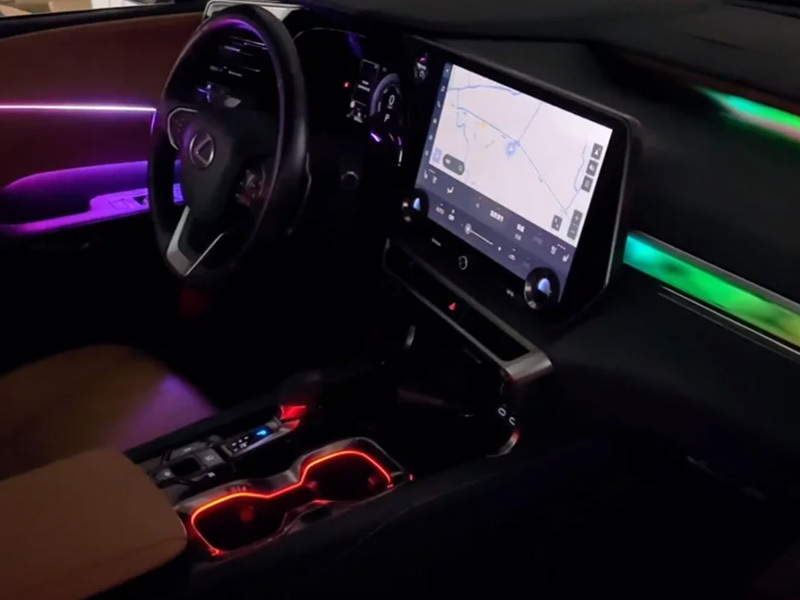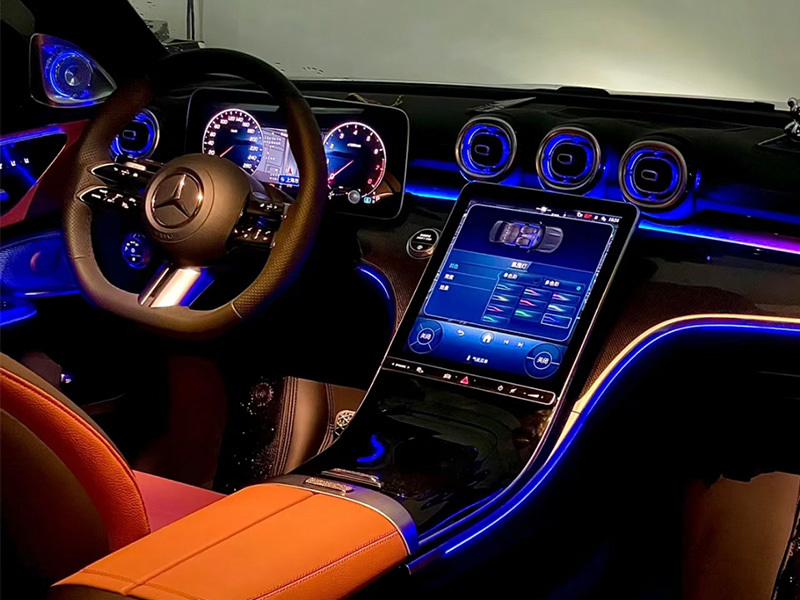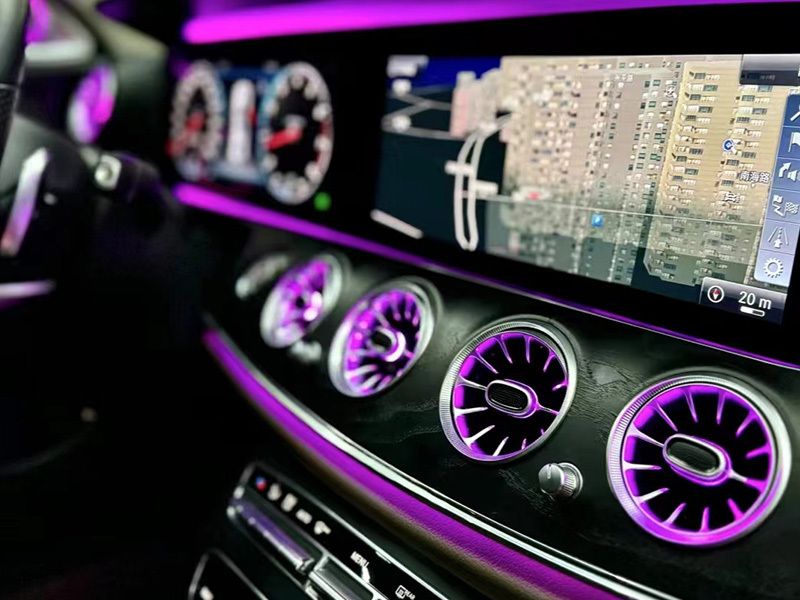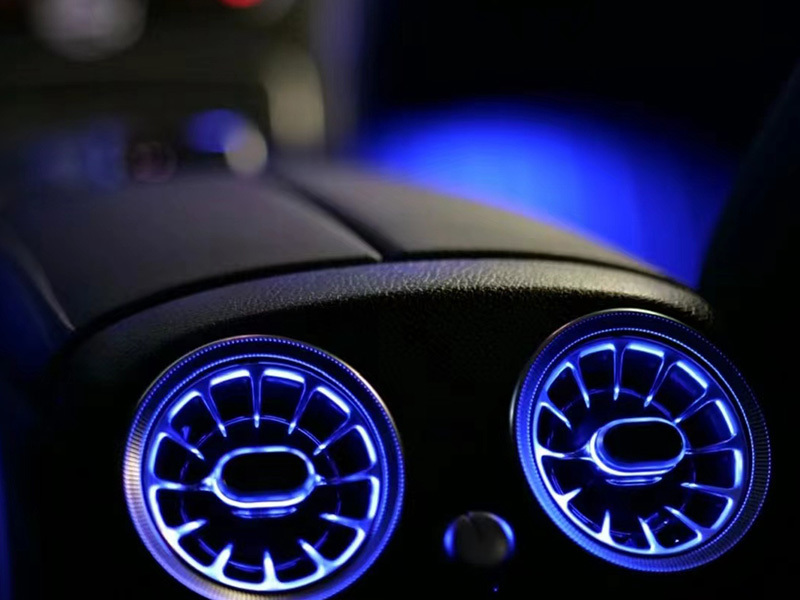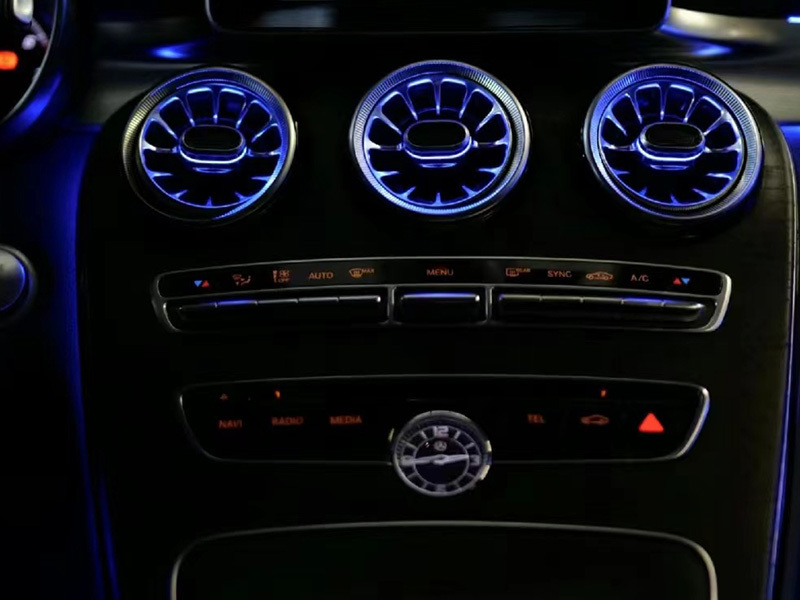The Future of Sound: Acoustic Tuning Powered by 3D Tweeters
Release time:
2025-07-09
The Future of Sound: Acoustic Tuning Powered by 3D Tweeters Table of Contents 1. Introduction to Acoustic Tuning 2. What Are 3D Tweeters? 3. The Importance of Acoustic Tuning in Sound Quality 4. The Technology Behind 3D Tweeters 5. Advantages of 3D Tweeters Over Traditional Tweeters 6. Applications of 3D Tweeters in Various Industries 7. Future Trends in Acoustic Tunin

The Future of Sound: Acoustic Tuning Powered by 3D Tweeters
Table of Contents
- 1. Introduction to Acoustic Tuning
- 2. What Are 3D Tweeters?
- 3. The Importance of Acoustic Tuning in Sound Quality
- 4. The Technology Behind 3D Tweeters
- 5. Advantages of 3D Tweeters Over Traditional Tweeters
- 6. Applications of 3D Tweeters in Various Industries
- 7. Future Trends in Acoustic Tuning and 3D Tweeter Technology
- 8. Conclusion
- 9. FAQs
1. Introduction to Acoustic Tuning
As the landscape of audio technology continues to evolve, **acoustic tuning** emerges as a vital process that enhances the listening experience by optimizing sound quality. This intricate art of fine-tuning involves adjusting sound waves to create a more balanced auditory experience. With the advent of **3D tweeters**, this process has reached new heights, enabling manufacturers to deliver unmatched sound fidelity.
Acoustic tuning ensures that every note is crisp and every bass thump resonates perfectly, creating an immersive auditory environment. In the following sections, we will explore the fascinating world of **3D tweeter technology** and how it shapes the future of sound.
2. What Are 3D Tweeters?
3D tweeters represent a significant leap forward in speaker design and sound reproduction. Unlike traditional tweeters, which typically reproduce high frequencies through a single point source, **3D tweeters** employ advanced technology to create a more expansive soundstage. These tweeters utilize multiple drivers and innovative design principles to produce sound that appears to emanate from various points in space, rather than from a single source.
This technology is grounded in the principles of **spatial audio** and **binaural sound**, which simulate how humans naturally perceive sound in a three-dimensional environment. As a result, listeners experience a richer and more immersive sound, enhancing everything from music to movies and gaming.
3. The Importance of Acoustic Tuning in Sound Quality
Acoustic tuning is crucial for achieving high-quality sound in any audio system. This process involves meticulous adjustments to the environment and equipment, ensuring that sound waves travel optimally within a given space. Proper acoustic tuning can mitigate issues such as reflection, distortion, and phase cancellation, which can detract from sound quality.
Incorporating **3D tweeters** into the acoustic tuning process elevates this practice to new levels. By allowing for a more nuanced sound reproduction, these tweeters enable audio engineers to create a more precise sonic landscape. The end result is a listening experience that feels both authentic and captivating.
4. The Technology Behind 3D Tweeters
The technology behind 3D tweeters is a blend of innovative engineering and advanced materials. These tweeters utilize multiple small drivers, often arranged in a unique configuration, to create a broader sound field. The use of **high-performance materials** in the diaphragm and voice coil helps to reduce distortion and enhances frequency response.
One of the most significant features of **3D tweeters** is their ability to respond quickly to transient signals, which is essential for accurately reproducing high-frequency sounds. This responsiveness ensures that subtle details in music or audio tracks are not lost, providing a more immersive experience.
Additionally, many 3D tweeters incorporate **digital signal processing (DSP)** technology, allowing for real-time adjustments to the audio signal. This adaptability enables fine-tuning based on specific environments or listener preferences, further enhancing sound quality.
5. Advantages of 3D Tweeters Over Traditional Tweeters
The advantages of using 3D tweeters over traditional tweeters are numerous and impactful:
5.1 Enhanced Soundstage
3D tweeters create a more expansive soundstage, allowing listeners to perceive sound coming from multiple directions. This spatial quality contributes to a more engaging listening experience.
5.2 Improved Frequency Response
With advanced materials and design, 3D tweeters offer superior frequency response across the high-end spectrum, ensuring that even the most delicate high notes are reproduced with clarity.
5.3 Reduced Distortion
The innovative design of 3D tweeters minimizes distortion, particularly at high volumes. This feature ensures that audio remains clear and undistorted regardless of the listening environment.
5.4 Greater Adaptability
The integration of DSP technology allows for real-time adjustments, enabling 3D tweeters to adapt to various acoustic environments and listener preferences, providing a tailored listening experience.
5.5 Versatility in Application
3D tweeters are suitable for a wide range of applications, from home audio systems to professional sound reinforcement, making them a versatile choice for various audio solutions.
6. Applications of 3D Tweeters in Various Industries
The use of 3D tweeters extends beyond traditional home audio systems and into diverse industries, enhancing sound in various contexts:
6.1 Home Audio Systems
In modern home audio setups, 3D tweeters enhance the sound quality of music and films, creating a theater-like experience in the comfort of one's home.
6.2 Professional Audio Equipment
In the realm of professional audio, musicians and sound engineers leverage 3D tweeter technology for live performances, ensuring that every note is heard clearly by the audience.
6.3 Automotive Audio Systems
Automakers are increasingly integrating 3D tweeters into vehicle audio systems, providing drivers and passengers with a superior listening experience that rivals home audio quality.
6.4 Gaming and Virtual Reality
In gaming and virtual reality applications, 3D tweeters enhance immersion by providing spatial audio cues that help users identify the direction of sounds, improving gameplay experience.
6.5 Broadcasting and Film Production
In the broadcasting and film industries, 3D tweeters contribute to creating a more dynamic sound environment, ensuring that viewers are fully engaged with the content.
7. Future Trends in Acoustic Tuning and 3D Tweeter Technology
As technology continues to advance, the future of acoustic tuning and 3D tweeter technology looks promising. Here are some emerging trends:
7.1 AI and Machine Learning Integration
AI and machine learning algorithms are beginning to play a role in acoustic tuning, enabling systems to learn and adapt to their environments automatically for optimal sound performance.
7.2 Advances in Material Science
Research into new materials is poised to enhance the performance of 3D tweeters further, leading to lighter, more responsive, and durable components.
7.3 Increased Customization
As consumer demand for personalized audio experiences grows, manufacturers are likely to offer more customizable 3D tweeter solutions that allow users to tailor their audio environments to specific preferences.
7.4 Integration with Smart Home Systems
With the rise of smart home technology, 3D tweeters are expected to integrate seamlessly with home automation systems, allowing users to control audio settings with voice commands or mobile apps.
8. Conclusion
The future of sound lies in the remarkable innovations introduced by 3D tweeters and acoustic tuning. As we continue to explore these advancements, we can anticipate a listening experience that transcends traditional boundaries, allowing for greater immersion and enjoyment in audio consumption. The enhancement of sound quality through technology not only elevates our entertainment experiences but also transforms how we engage with audio in our daily lives. Embracing 3D tweeter technology represents a pivotal step toward achieving a more profound understanding and appreciation of sound.
9. FAQs
9.1 What are the main benefits of using 3D tweeters?
3D tweeters offer an enhanced soundstage, improved frequency response, reduced distortion, greater adaptability, and versatility across various audio applications.
9.2 How do 3D tweeters differ from traditional tweeters?
Unlike traditional tweeters, which typically produce sound from a single point source, 3D tweeters create a broader sound field and simulate a three-dimensional audio experience.
9.3 Can 3D tweeters be used in home audio systems?
Yes, 3D tweeters are ideal for home audio systems, providing an immersive listening experience for music and movies.
9.4 What industries benefit from 3D tweeter technology?
3D tweeter technology benefits various industries, including home audio, professional audio, automotive, gaming, virtual reality, and broadcasting.
9.5 Are 3D tweeters worth the investment?
Investing in 3D tweeters can significantly enhance audio quality, making them worthwhile for anyone seeking a superior listening experience.
Related articles
Enhance Your Driving Experience with Signature Ambient Lighting!
Are you ready to transform your car’s interior and elevate your driving experience to a whole new level?
Unleash Your Car's Personality with Unique Car Mod Ideas
Are you tired of driving a mundane vehicle on the streets?
Bringing Luxury and Comfort to Your Drive: A Review of Vehicles with Ambient Lightings
As an automotive passionate, I have had the opportunity to test out various vehicles with ambient lighting
What color does the ambient light in the car look good
The color of the ambient lighting in the car depends on your personal preferences and the overall style of the vehicle interior. Generally speaking




